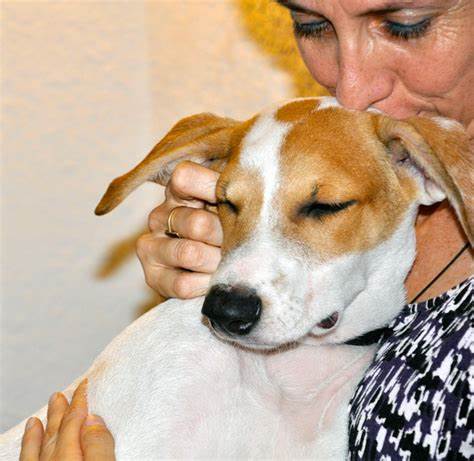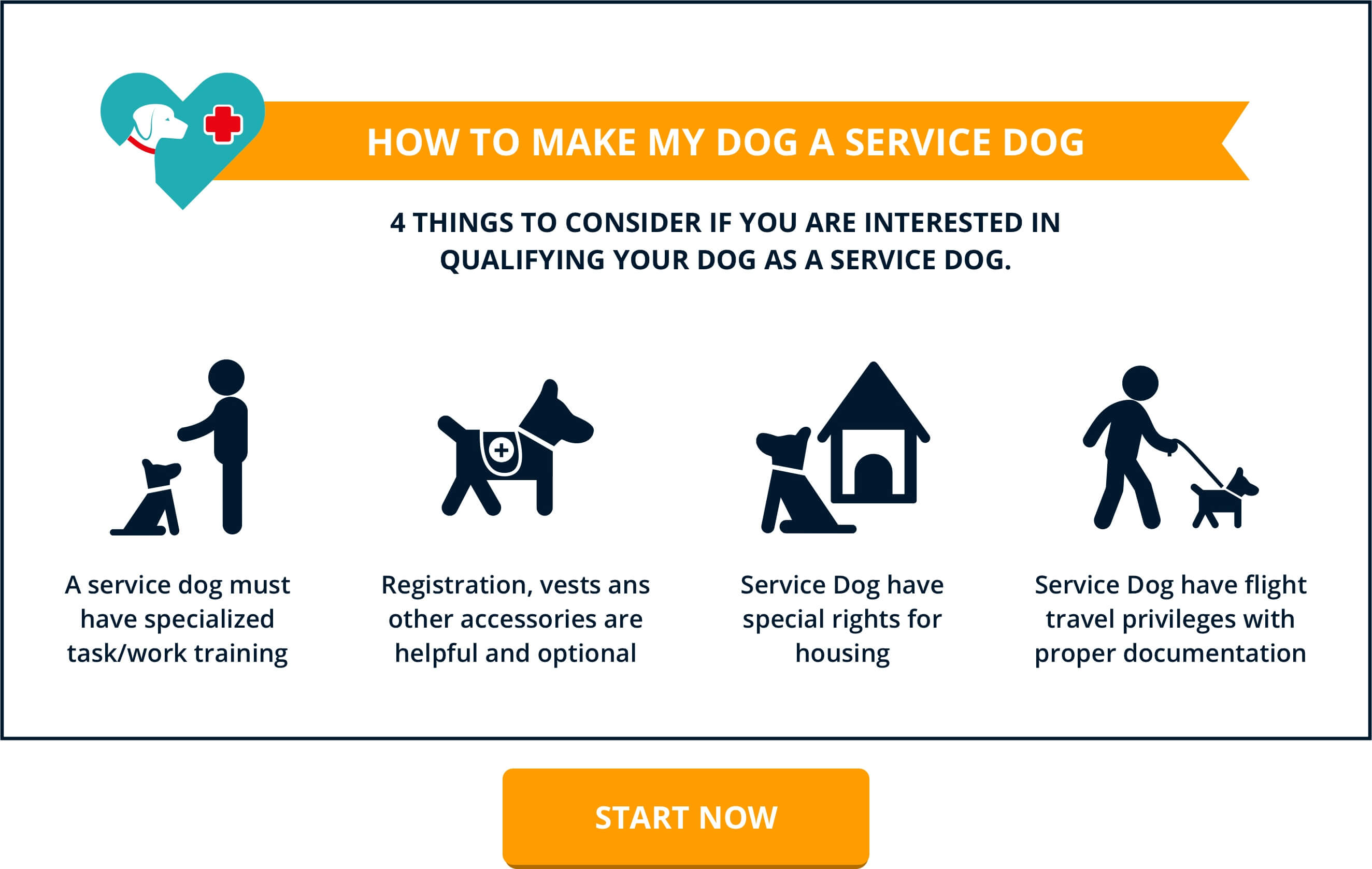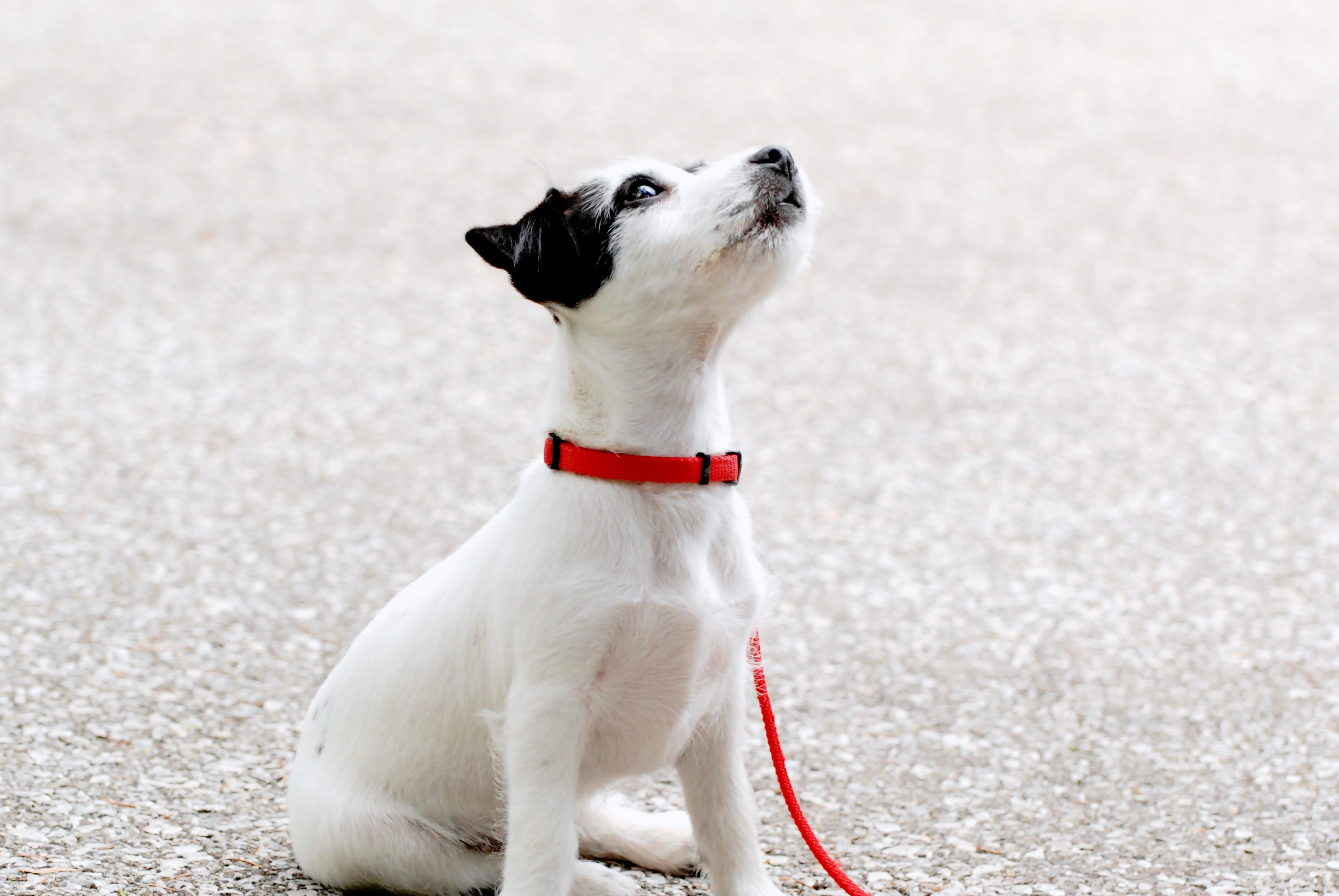
Service dogs provide great assistance to their handlers and help them deal with different situations on a daily basis easier. They perform tasks, directly related to the individual’s disability and mitigate its symptoms. Some dogs turn from service animals into the so-called “career change dogs”. This means that they become regular pets due to their inability to be service animals anymore.
Have you wondered why some dogs can not be service dogs at some point, what happens to them after they stop working as service animals, and if it is possible for them to be adopted? In this article, we will try to answer these questions and provide information as detailed as possible.
Reasons on Why Dogs Can Not Be Service Dogs
There are two main reasons for the inability of a dog to fulfill his/her tasks as a service animal:
1. Health Reasons;
2. Behavioral Reasons.
We would like to add one more reason that sometimes maybe disregarded:
3. Physical Features.
The first reason applies to dogs who have visual, hearing impairments, joint problems, allergies, and/or suffers from any conditions that usually occur at an old age. The age of 10-12 years is deemed a retirement age for service animals. Hence, you need to consider what tasks you may give a dog at this age, in case that you decide to provide training. You need to be very careful, gentle and ensure that your dog will have a high quality of life. It is recommended that dogs at this age should have a calm and stress-free life.
The second reason is valid for dogs, that due to behavioral characteristics can not be good service animals. Usually, these dogs are too energetic, easy to distract, uncooperative, aggressive, and do not enjoy being around people. However, often behavioral issues can be corrected if you conduct proper training, be patient, and committed.
There are some essential basic tasks that every service dog must perform like:
1. A good service dog must be able to walk calmly next to his/her owner and be trained in the "heel" command. This skill will be beneficial for you when you walk your canine both on and off-leash and will help him/her develop self-control.
2. A good service dog must be able to ignore all distractions regardless of the surroundings- food, other animals, people, sounds, smells, and especially food. Service dogs need to be focused on their handlers and respond to any behavioral changes that may occur.
3. A service dog must be able to perform specific tasks, in order to alleviate the effect of the disability- open/close doors, provide deep pressure therapy, bring medication, pull a wheelchair...etc.
Considering the information provided above we move logically to the physical features that may determine the ability/inability of a dog to perform specific tasks.
If you need a balance/mobility dog, you are likely to look for a dog of a large breed. Logically you can not expect small dog breeds like the Chihuahua or the Miniature Pinscher to pull a wheelchair or to be good balance/mobility dogs.
One more example of how the physical features of a dog affect his/her ability to be a service dog is related to Diabetic Service Dogs. Dogs, who are trained to recognize symptoms of diabetes or seizure, use their strong sense of smell. Canines with large noses are likely to fulfill this task more efficiently compared to short-nosed breeds. Some breeds, depending on their temperament, size and intelligence are better at fulfilling certain kinds of tasks, compared to others.
However, you need to remember that dogs are individuals the same as humans and their features should be evaluated case by case. The ADA (Americans with Disabilities Act) does not restrict the type of dog breeds that can be service animals.
How to Proceed if you Want to Adopt a “Career Change Dog”
You can contact an organization that runs adoption programs for dogs, who have been considered unsuitable as service dogs or who have been already retired.
Some popular organizations that may be helpful for you are:
-Service Dogs Inc.;
-Guide Dogs of America;
-Guide Dogs for the Blind;
-Freedom Service Dogs of America.
Another option that you can use if you want to adopt a retired police dog is the Adoption Program of the Transportation Security Administration (TSA). TSA is engaged in training dogs to perform tasks at the airports based in the US like detecting explosives. Dogs considered unsuitable for these tasks or already retired can be adopted through their program.
You can contact a local shelter as well, since shelter dogs are often even more loyal, loving and create a stronger bond with their handlers compared to other dogs.
What Factors Do You Need to Consider Before Applying for Adoption of a Released Service Dog?
Costs
First, you need to know that you still may have to pay to get a released service dog. Of course, the costs will be less compared to the costs of getting a working dog. However, you may need to pay up to $1000 or more, depending on the organization. Also, you need to keep in mind that the demand for released dogs may exceed the number of the available dogs themselves. Hence, you may need to be included in waiting lists and wait for months or years for a dog to become a part of your family.
We would recommend that you check carefully the adoption policy, application requirements, all applicable fees, and any details, that will accompany the process of adoption.
The type of dog are you looking for
You should consider what dog exactly (age, breed, temperament) you would like to adopt.
If the dog is too energetic or too large, he/she may not suit your lifestyle, and you may be unable to provide him/her with proper care. If you live in an apartment, you may consider a small- to medium-sized breed. Some dog breeds are natural protectors who have clearly expressed territorial behavior and are not likely to get along with other pets at home easily. Other breeds tend to be lazier and less energetic and may not suit your dynamic lifestyle. The place you live in, your family members, lifestyle, and the temperament of the dog are essential factors that should be considered.
However, remember to evaluate the dog as an individual who has their own features and temperament.
Training background and experience
It is important for you to be aware of the dog’s training background and experience. The tasks that he/she has been trained to perform as well as the reasons why he/she has “failed” may reveal a lot about his/her temperament. You may find out that the dog performed difficult and stressful tasks in the past that may have an impact on his/her emotional and physical state. All information about the life of the canine as a service dog will help you find the most appropriate way to take care of him/her after the adoption is completed.
Police dogs
If you have decided to adopt a retired police dog, you need to know that these dogs are usually very attached to their handlers, and logically their handlers are at the forefront of adopting them after they retire. If the handler is unable to take care of the dog, the applications of other police officers/representatives of the law enforcement jobs will be reviewed with priority.
There are organizations like Mission K9, whose mission is to ”Rescue, Reunite, Re-Home, Rehabilitate and Repair any retired working dog that has served mankind in some capacity”. You can check their adoption policy and contact them directly for more detailed information. In addition, you can call a K9 training facility or a police station near you. They will provide you with accurate information about the adoption process and will let you know if there are currently dogs for adoption.
Adopting a released service dog will give him/her a great opportunity to lead a happy life as a pet and become a part of a family. Especially if the dog is already at an old age, he/she will be able to spend his/her last years in loving surroundings.












